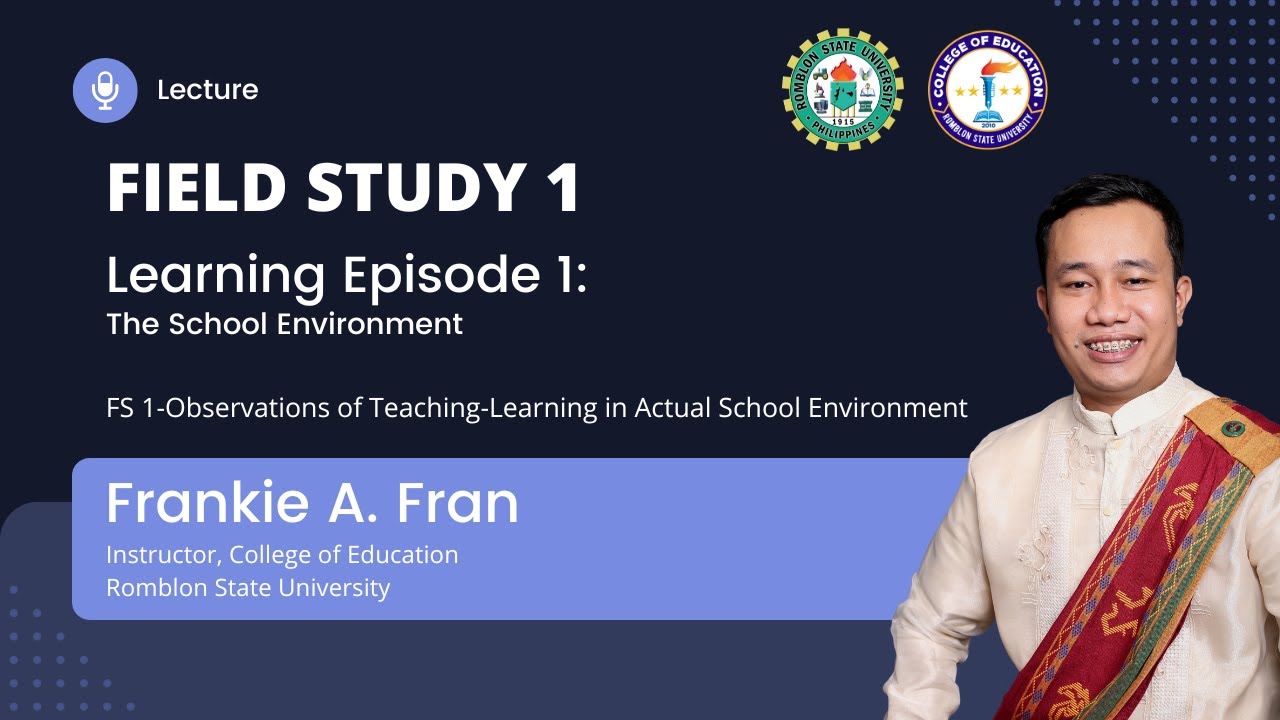Speaker 1: Using Informatics and Technology to Address Common Challenges in Public Health
Summary
TLDRDr. Linda Di Metropolis and Dr. Michael Trisolini from RTI delivered a guest lecture on the intersection of health information technology and public health challenges. Dr. Di Metropolis highlighted the role of information science in improving decision-making in healthcare and public health. She emphasized the importance of multidisciplinary approaches and shared insights into various initiatives, like the Biosense program and the Public Health Quality Improvement Exchange, aimed at enhancing public health infrastructure and practices. These projects leverage technology to foster collaboration, improve data sharing, and address common public health issues, both in the U.S. and internationally.
Takeaways
- 😀 RTI (Research Triangle Institute) is one of the largest research organizations globally, with over 3,700 staff working in over 75 countries, including Indonesia.
- 😀 Dr. Linda Di Metropolis, a sociology expert, brings a unique perspective to the integration of health information technology in public health.
- 😀 The Center for the Advancement of Health Information Technology, led by Dr. Linda, works on improving decision-making in healthcare through better use of health information.
- 😀 Multidisciplinary approaches, including the work of informaticians, policy analysts, and clinicians, are critical to solving challenges in healthcare systems.
- 😀 Health IT programs in the U.S. are supported by a $50 billion federal investment, aiming to advance the adoption of technology in healthcare and improve patient care.
- 😀 Key Health IT efforts include incentivizing doctors to adopt electronic health records (EHRs), developing data and interoperability standards, and supporting workforce development in health IT.
- 😀 The U.S. federal government’s decentralized healthcare system is mirrored by other countries, including Indonesia, where local authorities play a significant role in public health policy and healthcare delivery.
- 😀 The Biosense program, developed by RTI and funded by the CDC, provides an all-hazard biosurveillance infrastructure to track diseases and hazards in real-time, helping to improve public health responses.
- 😀 The first version of the Biosense program faced challenges due to its top-down approach, with low participation from local public health organizations. RTI revised it using a user-centered design approach, improving its adoption.
- 😀 Public Health Quality Improvement Exchange (PHQIE) was created to enable public health organizations to share their successful programs and improve overall system efficiency. It also allows users to interact with experts for additional insights.
Q & A
What is RTI and what does it stand for?
-RTI stands for Research Triangle Institute, and it is one of the world's largest research organizations with over 3,700 staff working in more than 75 countries, including Indonesia.
What is the main focus of Dr. Linda Di Metropolis' work?
-Dr. Linda Di Metropolis focuses on advancing the use of health information to inform decision-making in various areas of healthcare, particularly in public health, and she is dedicated to building capacity in public health through information science and communication technologies.
What is the approach that the Center for the Advancement of Health Information Technology uses to address challenges in public health?
-The center employs a multidisciplinary approach, combining the expertise of informaticists, researchers, policy analysts, and clinicians to integrate technology into healthcare systems safely and effectively.
How does RTI support the implementation of health information technology (Health IT)?
-RTI supports Health IT implementation at various levels, including national policy development, data standards and interoperability, public health informatics, provider adoption of electronic health records (EHRs), and using technology for patient-level behavior change.
What significant health IT initiative did the US federal government invest in?
-The US federal government invested $50 billion in advancing Health IT nationwide, focusing on the collection, storage, and effective use of health data. This includes programs to incentivize doctors to adopt electronic health records and initiatives for workforce development and data exchange.
What are some of the key areas that RTI focuses on in its research and technical services?
-RTI's research and technical services focus on policy development for Health IT, improving interoperability standards, public health informatics, and enhancing the adoption of technologies like electronic health records at the provider level.
What was the main issue with the initial implementation of the Biosense program?
-The initial Biosense program faced challenges due to its top-down approach, where public health organizations were mandated to participate without considering their capacity, leading to pushback and low participation.
How did RTI improve the Biosense program for better participation from public health organizations?
-RTI improved the Biosense program by adopting a user-centered design approach. They worked closely with local jurisdictions to understand their needs and redesigned the system to be more user-friendly, allowing jurisdictions to submit data in any format, which was then standardized for broader use.
What role do data privacy and security play in the Biosense program?
-Data privacy and security are crucial in the Biosense program. The data-sharing agreements ensure that the CDC can access only the uploaded data, with local jurisdictions retaining control over their data and agreeing to strict terms regarding its use.
What is the Public Health Quality Improvement Exchange (PHQIX), and how does it help public health organizations?
-The Public Health Quality Improvement Exchange (PHQIX) is a platform developed to allow public health organizations to share their quality improvement practices and programs. It provides resources and peer-reviewed guidance to help organizations adopt proven practices, reducing redundancy and improving efficiency across jurisdictions.
Outlines

此内容仅限付费用户访问。 请升级后访问。
立即升级Mindmap

此内容仅限付费用户访问。 请升级后访问。
立即升级Keywords

此内容仅限付费用户访问。 请升级后访问。
立即升级Highlights

此内容仅限付费用户访问。 请升级后访问。
立即升级Transcripts

此内容仅限付费用户访问。 请升级后访问。
立即升级浏览更多相关视频

Think Cultural Health Case Study: Cultural and religious beliefs

Mr Bean Cooking the CHRISTMAS Dinner | Mr Bean: The Movie | Classic Mr Bean

What if AI debated ABORTION?

Why Experts are Warning Against Fasting - Dr. Peter Attia, Dr. Rhonda Patrick, Dr. Gabrielle Lyon

Dr. Esselstyn: “Mediterranean Diet (and Olive Oil) creates Heart Disease!”

Field Study 1-Learning Episode 1: The School Environment

Conceived baby after 16 years of marriage life at the age of 46.
5.0 / 5 (0 votes)
